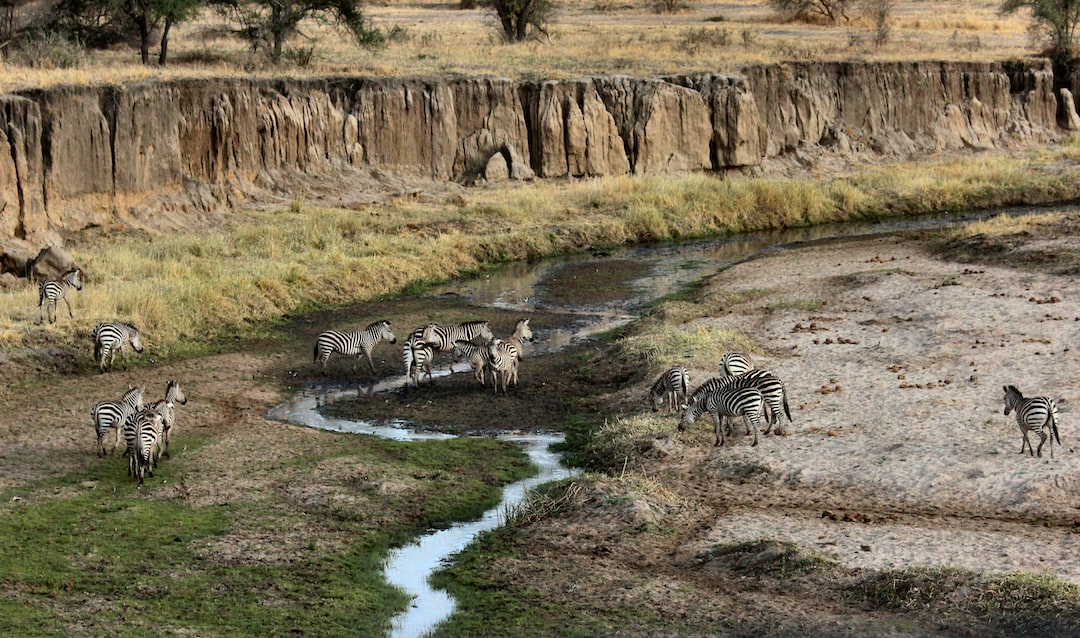Table of Contents
The Vibrant History and Traditions of Tanzania
Tanzania is a vibrant country located in East Africa that is home to a rich history and culture. From its diverse population to its spectacular landscapes, Tanzania has something to offer everyone. The country is known for its colorful festivities, traditional dress, and unique cuisine. This blog post will explore the vibrant history and traditions of Tanzania, from its colonial past to its contemporary culture.
Origins of the People of Tanzania
Tanzania is a nation of diverse peoples, with over 120 different ethnic groups. The earliest inhabitants of the region were the hunter-gatherer San, believed to have arrived between 10,000 and 20,000 BC. Around 500 BC, the Cushitic-speaking people, who were pastoralists, migrated to Tanzania from the Horn of Africa. Later, Bantu-speaking peoples arrived from the west and south, and by the 1st century AD, they had established a number of small kingdoms in the area. By the 9th century, the Swahili people had arrived and established trading links with the Middle East.
The arrival of Arab traders in the 14th century marked the beginning of the Islamic period in Tanzania, which continued for centuries. The Portuguese arrived in the early 16th century, and by the late 19th century, Tanzania was under the control of the German Empire. During the colonial period, the different ethnic groups of Tanzania were united under a single political entity for the first time.
Today, Tanzania is a multi-ethnic nation with numerous languages, including Swahili, English, and many tribal languages. This diverse population is united by a shared culture and history, making Tanzania a vibrant and dynamic country.
Tanzania’s Colonial Legacy
Tanzania has a long and complicated colonial history, beginning with the arrival of the Portuguese in the early 16th century. The Portuguese were primarily interested in the area’s natural resources, and they quickly established trading posts along the coast. In the late 19th century, the German Empire took control of Tanzania, and the country was known as German East Africa. During this period, the German government implemented a number of reforms, such as the construction of roads and railways, and the introduction of a unified currency.
In 1918, the German Empire was defeated in World War I and the British took control of Tanzania. The British maintained control of the region until 1961, when Tanzania declared its independence. Since then, the country has undergone a period of economic and political transformation, culminating in the establishment of a multi-party democracy in 1992.
Today, Tanzania is an independent nation with its own unique culture, but the legacy of its colonial past still lingers in the form of language, architecture, and infrastructure.
Traditional Festivals in Tanzania
Tanzania is known for its vibrant festivals and celebrations, which are an important part of the country’s culture. Some of the most popular festivals include the Ubuyu Festival, which is celebrated annually in the coastal town of Tanga; the Sauti ya Taifa festival, which is held in the capital city of Dar es Salaam; and the Zanzibar International Film Festival, which is held every year in the island of Zanzibar.
These festivals are an important part of life in Tanzania, as they provide a space for people to come together and celebrate their culture and traditions. From colorful parades to traditional music and dance performances, these festivals are a great way to experience the vibrant culture of Tanzania.
In addition to the festivals, Tanzania is also home to a number of traditional ceremonies, such as weddings and funerals. These ceremonies are often celebrated with loud music, dancing, and feasting, and they provide an important opportunity for the people of Tanzania to express their joy and sorrow.
The Food of Tanzania
Tanzania is known for its unique cuisine, which is influenced by the diverse cultures of the country. The staple food is ugali, a maize-based porridge, which is usually served with dishes such as beef, chicken, or fish. Other popular dishes include wali (rice), matoke (boiled plantains), and mchicha (spinach cooked with onions and tomatoes).
Tanzania is also known for its seafood, as the country is surrounded by the Indian Ocean. Popular seafood dishes include samaki wa kupaka (grilled fish), matembele (octopus), and mbuzi choma (grilled goat). In addition, Tanzania is also known for its street food, such as samosa (fried pastry filled with vegetables or meat), and kachori (deep-fried pastry filled with spices).
Whether you’re in the mood for a traditional Tanzanian meal or a delicious street snack, there is something for everyone in Tanzania.
The Clothes and Jewelry of Tanzania
Tanzania is known for its colorful and vibrant traditional dress, which is usually made from brightly colored fabrics. The most common type of clothing is the kanga, which is a long cloth with a printed design and a proverb in Swahili. The kanga is usually worn as a wrap skirt or dress, and it is often decorated with beads, shells, and other decorations.
In addition to traditional clothing, Tanzania is also known for its jewelry. The most popular type of jewelry is the maasai beadwork, which is made from brightly colored glass beads. The maasai beadwork is usually worn as a necklace, bracelet, or anklet, and it is often decorated with intricate designs.
The traditional dress and jewelry of Tanzania are an important part of the country’s culture, and they are worn with pride by the people of Tanzania.
Tanzania’s Music and Dance
Tanzania is known for its vibrant music and dance, which are an important part of the country’s culture. The most popular type of music is taarab, which is a style of music that originated in Zanzibar and is a mixture of Arabic, Indian, and African influences. Other popular styles of music include hip-hop, reggae, bongo flava, and muziki wa dansi, which is a style of music from the coastal region.
Dance is also an important part of Tanzania’s culture, and the most popular style of dance is the bongo dance, which is a fast-paced dance that is performed to traditional music. Other popular dances include the mchiriku dance, which is a dance from the coastal region, and the ndombolo dance, which is a fast-paced dance that is popular among the youth.
The music and dance of Tanzania are an important part of the country’s culture, and they are enjoyed by people of all ages.
Tanzania’s Wildlife
Tanzania is home to some of the most spectacular wildlife in the world, including lions, elephants, giraffes, zebras, wildebeest, and hippos. The country is home to 16 national parks and numerous reserves, making it a paradise for wildlife enthusiasts. In addition, Tanzania is also home to the Serengeti National Park, which is one of the most famous wildlife parks in Africa.
Tanzania is also home to a number of unique species, such as the endangered black rhino and the rare mountain gorilla. The country is also a popular destination for birdwatchers, as it is home to over 1,100 species of birds, including flamingos, ibises, and ostriches.
Whether you are a wildlife enthusiast or a birdwatcher, Tanzania is a great place to experience the beauty of nature.
Conclusion
Tanzania is a vibrant country with a rich history and culture. From its diverse population to its spectacular landscapes, Tanzania has something to offer everyone. The country is known for its colorful festivals, traditional dress, and unique cuisine, and its vibrant music, dance, and wildlife make it a must-visit destination. Whether you are looking to experience the nation’s colonial past or explore its contemporary culture, Tanzania is sure to be an unforgettable experience.












